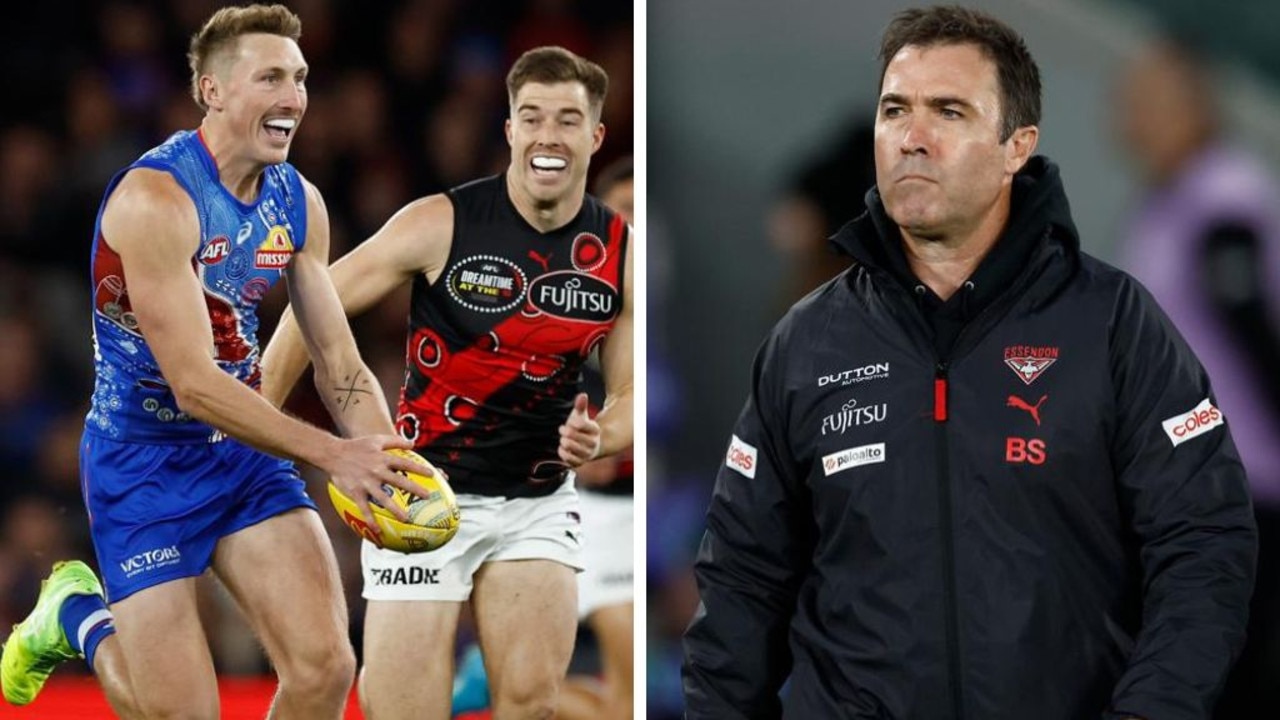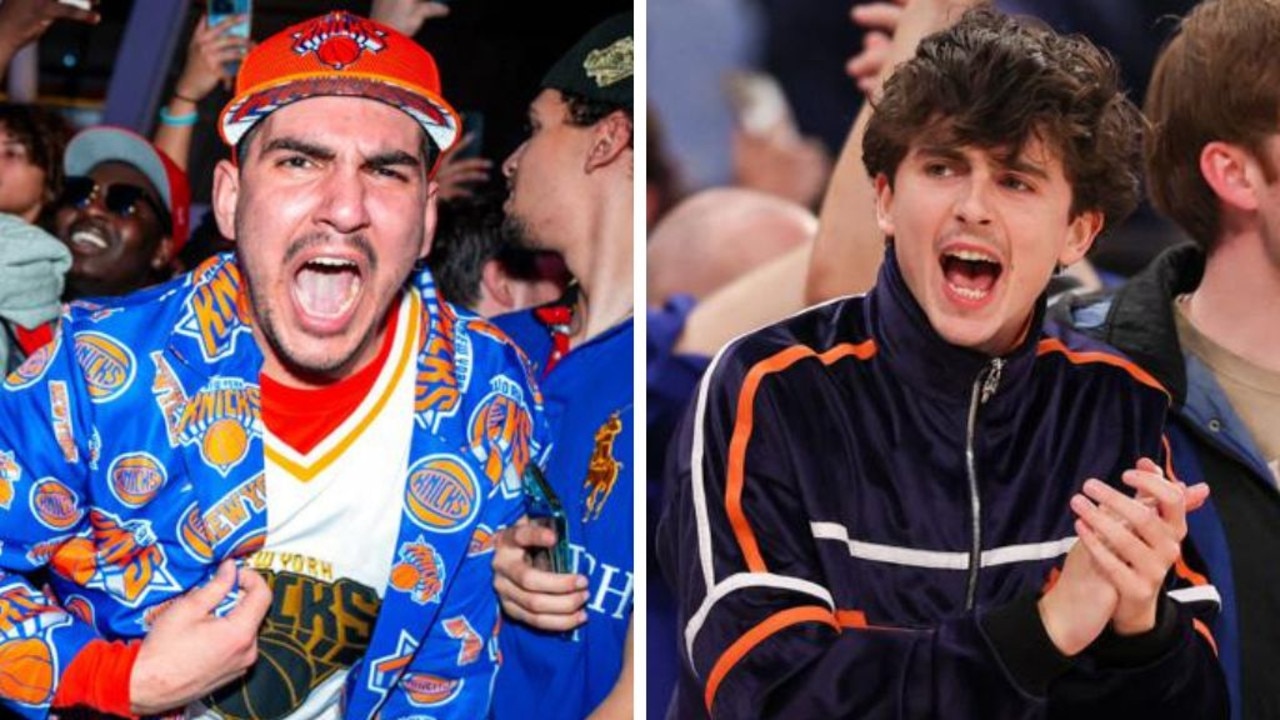Australian sport set for wage wars across all codes as players demands increase
IT’S the biggest issue in sport. Boycotts have been threatened, strikes called for, but there’s more money than ever and players of all codes want a slice of the pie.

Sport
Don't miss out on the headlines from Sport. Followed categories will be added to My News.
IT began with the Matildas in 2015.
Teams had, in the past, threatened industrial action, but the national women’s football team followed through when they withdrew in protest from a scheduled tour of the US — and a match against the world champions in front of 60,000 people — at the last minute.
The players had leverage too, having recently returned from a successful World Cup campaign. But these were players fed up with their paltry pay — they were earning below the minimum wage for representing their country — and unsatisfactory work conditions. And so a plane full of empty seats departed Sydney, bound for the US.
NRL: Talks to break wage war deadlock
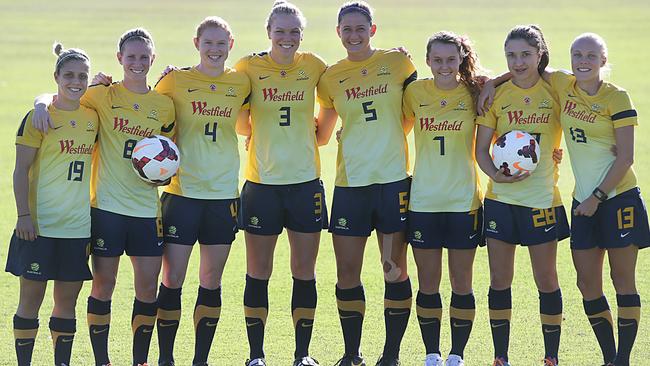
It was regrettable, but the Matildas’ seemingly drastic action paid off when they were rewarded later with significant improvements in pay and conditions by the game’s governing body, Football Federation Australia. As footballer Hayley Raso noted at the time, the players doubted they would have got the changes they were after had they not resorted to a boycott.
“We didn’t go on the US trip, which isn’t something that we wanted to do, but in order for the game to grow and for the future of women in sport I think it’s something we had to do.”
The precedent had been set and the fights and clashes between officialdom and sports stars in all codes had started.
Not only did such action reflect the rise of women’s sport, but it was also an indication of the rise of player power. Sport is big business, bringing in huge amounts of money, and with millions of dollars in broadcast rights being paid to governing bodies, players of all codes are hungry for a slice of the new pie. It’s the new money train.
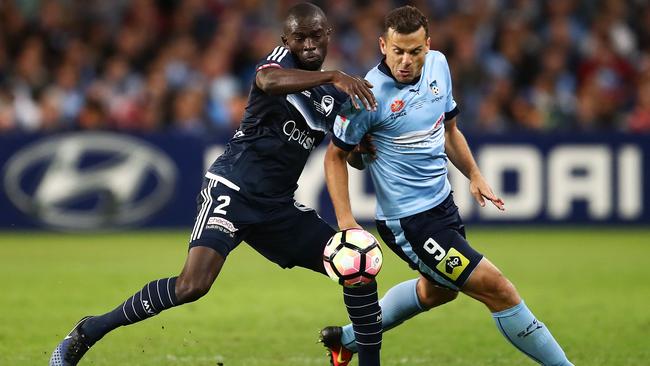
Those few months in 2015 were a difficult period for FFA. Reputations were hurt, the game suffered and public opinion was divided.
While in negotiations with the PFA (players’ association), some nasty, at times juvenile, tit-for-tat played out through press releases saw A-League players threaten to boycott the start of the new season if a satisfactory new Collective Bargaining Agreement (CBA) wasn’t reached.
In the end it was, there was no strike and the dispute was quietly forgotten.
And so to the current pay dispute between Cricket Australia and the players.
CA want to ditch the revenue-sharing model despite the success of it over the last 20 years.
Essentially, the players don’t want to fix something that isn’t broken. CA see a critical need to move with the times and change. There is talk of a proposed $600 million grassroots seed fund. The ACA proposal has a 22.5 per cent of revenue factored in going to player payments. CA has questioned this plan feeling funds would need to be slashed for domestic competitions
CA insist their new proposal is better for women’s and grassroots cricket, while the players argue they have already put $10m of their own money into grassroots and want to continue to be responsible for helping the game grow.
The stand-off played out publicly through press releases and, at times, personal jibes — has seen CA threaten to withhold payment from the players after the June 30 deadline, when the current Memorandum of Understanding (MOU) expires, with players in return threatening to boycott the Ashes.
It’s not about the money, they say, it’s about being partners rather than employees of the game. In fact, they’d be willing to take a pay cut just to maintain their standing. The biggest stars have spoken out and Dave Warner has not let up. After all, he is the one admired by the cricketing world and helps bring people to the game itself both in a commercial capacity and also at grassroot level.
While the national players do stand to gain financially by accepting the new proposal — fixed fees rather than revenue sharing — it’s the domestic players who could miss out because it would all but freeze their wages by locking them out of potential future earnings. Everyone knows any potential future earnings are unlikely to come from the Sheffield Shield, which struggles to generate a profit despite being the breeding ground for future Test players.
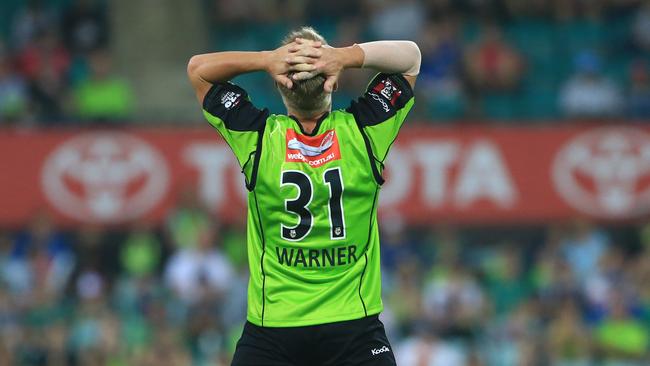
The cash cow is the Big Bash League, despite CA’s recent report that the competition has lost $33m in five years, which prompted the ACA to call for an investigation into just how that could be possible.
The BBL and WBBL have taken off — they’ve brought more fans to the sport, boasted more stadium sellouts than any other format of the game and the competition is due a massive cash injection when the broadcast rights go on sale at the end of next summer.
As former Test opener Ed Cowan succinctly put it, “there is only one prediction for the BBL, and that is that it’s going to make a lot of money over the next five years”.
Our best Australian cricketers have taken the money with the IPL internationally in their periods of “time-off”.
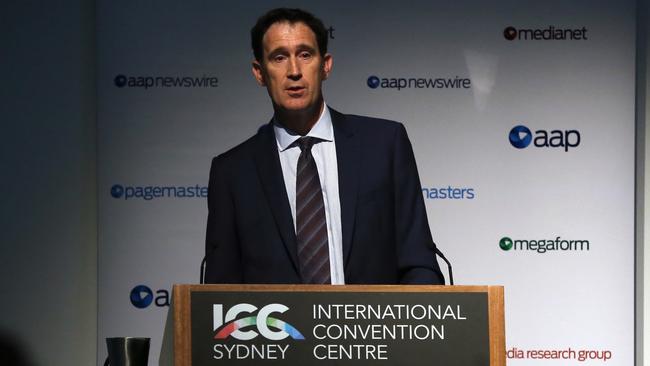
Speaking on ABC Radio, CA boss James Sutherland said he was confident an agreement would be reached once everyone finally gets to the table, but he also stressed the responsibility administrators have to grow the game from grassroots level.
“We’re trying to create a virtuous cycle where we can continue to generate revenue that can be put back into the game,” Sutherland said. “We’re a not-for-profit organisation; we’re not private owners trying to make a profit from the game, as an NGO we invest back into the game, particularly grassroots so the game can grow.”
Investment at grassroots level is the key across all codes, with NRL CEO Todd Greenberg saying on the same show that, “you can’t have a strong future if you don’t have more youth”.
Greenberg’s comments came on the back of NRL players also taking on their governing body by threatening to boycott the Rugby League World Cup over a pay dispute.
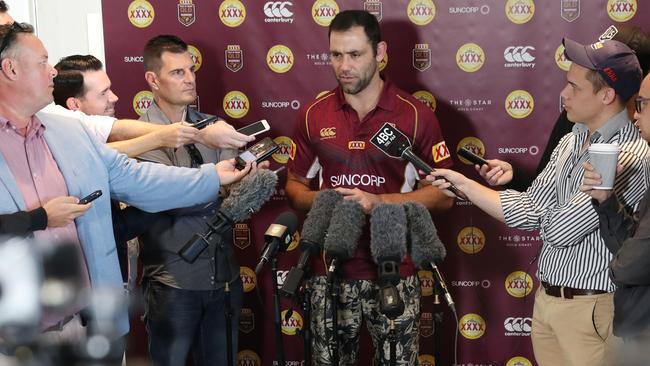
NRL chief financial officer Tony Crawford says the game doesn’t have the finances to meet the demands of the players, who have tabled a 66-page document that will be thrashed out on Monday and Tuesday.
There have been claims and counterclaims of financial mismanagement across several areas of the NRL.
The most experienced coach in NRL history in Wayne Bennett even went as far on Friday to declare the situation must be resolved immediately and that the two warring parties should not exit their meetings until the situation was finalised.
“They’ve got to come together as a group and not let it run through the media and everywhere else,” Bennett said.
“If it takes three, four or five days of negotiations, I don’t care. The fans just want it resolved.”
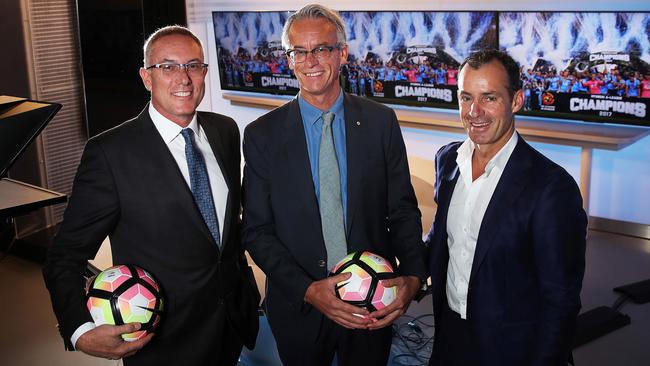
And to continue the theme of governing bodies coming under fire, FFA are in the midst of another battle with A-League clubs, this time with the owners demanding a greater share of the revenue generated by the broadcast deal with Fox Sports. But FFA boss David Gallop says the A-League is in need of more investment, especially as demand for expansion grows.
“We’re looking at the model and we will change our model to better reflect the need to encourage investment in the A-League,” he said. “We want to expand our competition beyond 10 teams and we will need investment.”
While players taking aim at their governing bodies is becoming an all too common theme, it’s interesting to note that rugby union has gone the other way.
The code is struggling in the Australian sporting landscape, which is why the Wallabies have agreed to take pay cuts in the past in order to make sure more money is invested at grassroots level.
The Australian Rugby Union (ARU) has also been open to letting its players enjoy stints overseas in order to keep them in the game and offset what they can’t earn back at home.
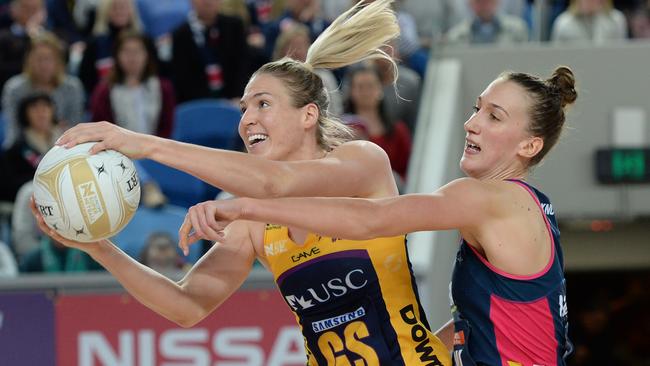
That view is in complete contrast to CA, who want to prevent players from taking part in T20 competitions around the world.
Keeping players happy financially, while still investing in the future, is a delicate balancing act across all codes and with the rise of player power, it’s only the beginning of the conflict.
In netball, Australia’s best netballers threatened strike action in April, a Super Netball breakaway to form a rebel competition and a boycott of Diamonds games for the rest of the year unless the state associations re-elected threatened board member Kathryn Harby-Williams during Netball Australia annual general meeting. She was not re-elected and no strike action took place.
At some stage one either the unions or administration across all codes have to back down slightly on their original proposals or the game they are trying to protect is the game they will damage. And that’s not a win for either side.

